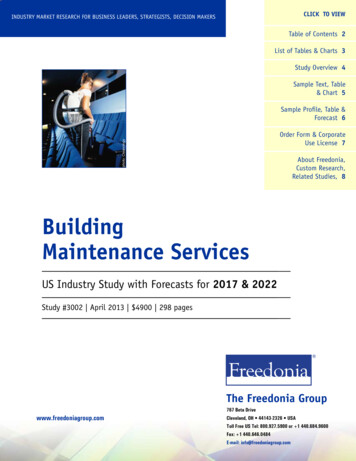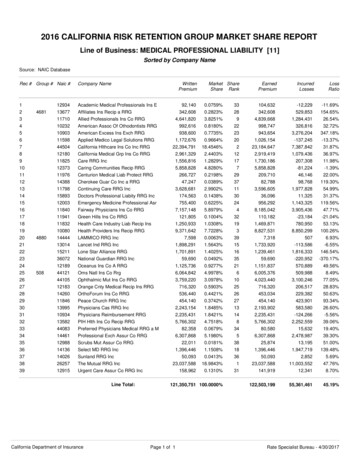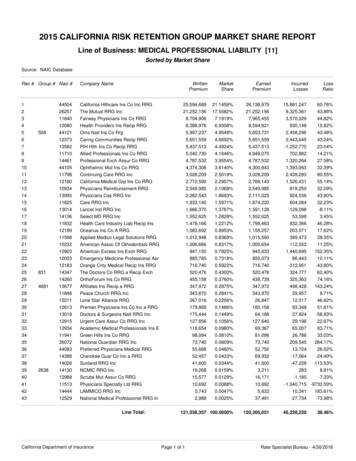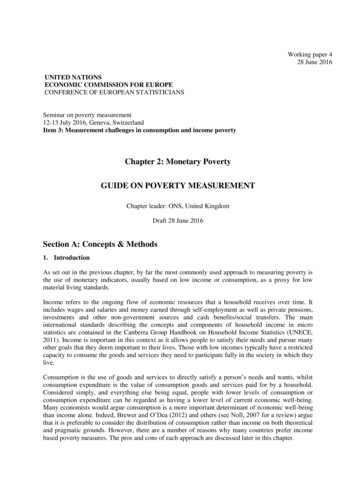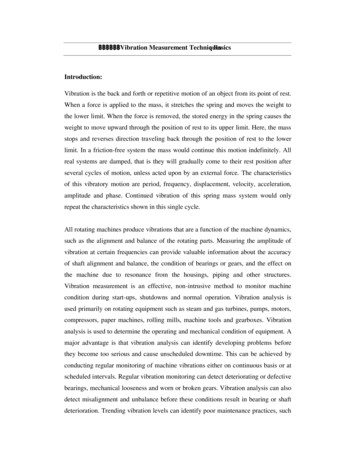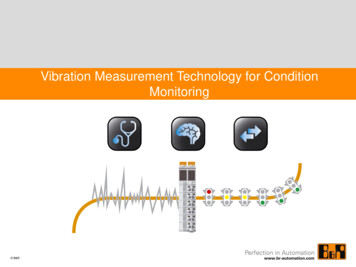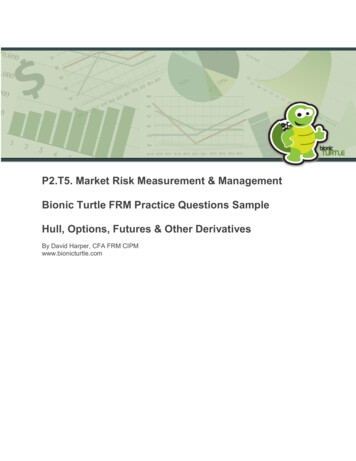
Transcription
P2.T5. Market Risk Measurement & ManagementBionic Turtle FRM Practice Questions SampleHull, Options, Futures & Other DerivativesBy David Harper, CFA FRM CIPMwww.bionicturtle.com
HULL, CHAPTER 20: VOLATILITY SMILESP2.T5.409. IMPLIED VOLATILITY SMILE . 32
Hull, Chapter 20: Volatility SmilesP2.T5.409. IMPLIED VOLATILITY SMILEP2.T5.410. IMPLIED VOLATILITY SMILE AND THE IMPLIED ASSET DISTRIBUTIONP2.T5.411. IMPLIED VOLATILITY SURFACEP2.T5.1. VOLATILITY SMILEP2.T5.2. VOLATILITY SMILE (PUT-CALL PARITY)P2.T5.3. SHAPE OF IMPLIED VOLATILITY SMILEP2.T5.4. EQUITY VOLATILITYP2.T5.5. SMILE WITH DELTASP2.T5.6. VOLATILITY TERM STRUCTUREP2.T5.7. FX VOLATILITY SMILEP2.T5.8. GREEKS AND VOLATILITY SMILEP2.T5.409. Implied volatility smileAIMs: Define volatility smile and volatility skew. Explain the implications of put-call parityon the implied volatility of call and put options. Compare the shape of the volatility smile(or skew) to the shape of the implied distribution of the underlying asset price and to thepricing of options on the underlying asset.409.1. In regard to the relationship, if any, between Greek vega and implied volatility, which ofthe following is TRUE?a) If the implied volatility smile is a perfectly flat, horizontal line (a "volatility stoic," so tospeak), then an increase in strike price has no effect on the option's priceb) If the implied volatility smile is a perfectly flat, horizontal line (a "volatility stoic," so tospeak), then Greek vega is zeroc) Vega is the first derivative of the implied volatility smiles; i.e., it plots the slopes of linestangent to the implied volatility plotd) If we assume it utilizes the Black-Scholes (BSM) option-pricing model, Greek vega isalways positive and highest for an at-the-money (ATM) option, but these propertiesneither predict, nor necessarily inform, any particular shape of the correspondingoption's implied volatility smile; these properties allows for a skew, smirk, frown, or otherimplied volatility shape409.2. Jerry the analyst estimates a stock's current volatility is 34.0% per annum. Using this asan input to price a European call option on the stock, the output price of the Black-ScholesMerton (BSM) model is 6.95. However, the market price of the call option is 7.23. He prices aEuropean put option (on the same stock) with the same strike price and maturity and the BSMmodel price output is 5.12. Which is NEAREST to the likely market price of the put option?a)b)c)d) 4.84 5.12 5.29 5.403
409.3. Sally the Risk Market Analyst calculated implied volatilities based on call options forGoogle's traded equity. As it turns out, the shape of the corresponding implied volatility skew issomewhat typical of equity options; i.e., downward sloping per decreasing implied volatility as afunction of increasing strike price. She draws the following conclusions:I.II.III.IV.The implied distribution of Google's stock price has negative skew and negative excesskurtosisFor identical maturities, an in-the-money call (ITM call) option on Google's stock is moreexpensive than an out-of-the-money put (OTM put) optionCompared to the normal distribution, the implied distribution of Google's stock price hasa lighter left tailCompared to the lognormal distribution, the implied distribution of Google's stock pricehas a lighter right tailWhich of her above conclusions is necessarily TRUE?a)b)c)d)NoneI. onlyIV. onlyII. and III only4
Answers:409.1. D. True: If we assume it utilizes the Black-Scholes (BSM) option-pricing model, Greekvega is always positive and highest for an at-the-money (ATM) option, but these propertiesneither predict, nor necessarily inform, any particular shape of the corresponding option'simplied volatility smile; these properties allows for a skew, smirk, frown, or other implied volatilityshape. A vega plot, based on BSM, is a model-based first partial derivative; but impliedvolatility is determined by market-price (and the BSM model) such that shifts insupply/demand can alter the shape of the implied volatility smile. In regard to (A), (B) and (C), each is FALSE.409.2. D. 5.40. Because c(BSM) - c(M) p(BSM) - p(M), it follows that p(M) p(BSM) [c(BSM) - c(M)] 5.12 - [ 6.95 - 7.23] 5.12 0.28 5.40;i.e., the market price is 0.28 higher for the call (compared to BSM output), such that per putcall parity, it should also be 0.28 higher (than 5.12) for the put with identical strike andmaturity409.3. C. IV. only is true: (I), (II), and (III) are not necessarily true.Discuss at: 09-implied-volatility-smile.7568/5
P2.T5. Market Risk Measurement & Management Bionic Turtle FRM Practice Questions Sample Hull, Options, Futures & Other Derivatives By David Harper, CFA FRM CIPM



